
If you are looking for extreme sports and want to meet with the annual adrenaline rush in a few hours, then you will most certainly like a walking tour to the Western Ukrainian Mlynky Cave.
The photos of this unusual place inspired me to make bold to carry out such a spelunking trip. This is the destiny of photographers – we are ready to get through extreme conditions for at least one successful photo. During this expedition it was also planned to carry out reconnaissance works.

The length of the labyrinths of Mlynky cave is about 53 km, and reconnaissance works are still carried out here. As a result of reconnaissance works, speleologists discover new moves and areas. The map is constantly updated. In winter and summer, the temperature in the cave is always the same – 9-10 degrees, and humidity is about 85-100%.
Mlynky сave is one of the most interesting places in Ukraine, which I would advise everyone to visit. This is a horizontal labyrinth-type cave in Ternopil region.
The region is incredibly replete with caves, some of which are even included in the Guinness Book of World Records. The length of the labyrinths of Mlynky cave is about 53 km, and reconnaissance works are still carried out here. As a result of reconnaissance works, speleologists discover new moves and areas. The map is constantly updated. In winter and summer, the temperature in the cave is always the same – 9-10 degrees, and humidity is about 85-100%.


Once upon a time, the disappeared Sarmatian Sea was in its place. The cave was a monolithic seabed several million years ago, but over time, cracks formed in it, which increased under the influence of water. When the sea dried up, there was a gypsum bottom with bizarre labyrinths and tunnels.
The discovery of the cave was occurring by chance – local people mined gypsum and made an entrance to it. The cave got its name from the word “mlyn”, which means a mill. In the 18th century, 4 mills worked on the local river, with the help of one of them, the miners washed the gypsum rock, getting rid of impurities.
The general public found out about the existence of the cave quite recently – in 1960. This happened thanks to the explorer of the cave – Mikhail Bill, a local teacher from Uhryn village. He, together with his students, explored the first hundred meters of the central part of the labyrinth, about which he wrote a message to the regional newspaper “Novaya Zhizn” (New Life) dated June, 25 of the same year. This is the first time the public has heard about this cave.

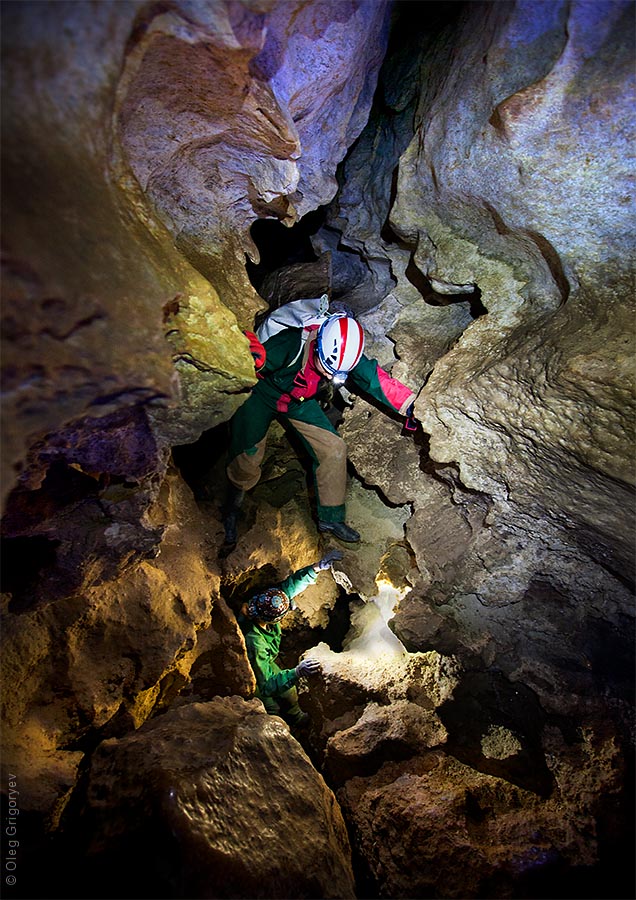
Since that day people have descended into the cave hundreds of times to carry out reconnaissance works. Today it is intended for sports and scientific speleology, and caving competitions are often held here. It has no paths and no electricity. Mobile telephony is not available here.

Be ready for bruises and hurts. You will need physical well-being, special clothing and equipment to visit this place. And, of course, the lack of claustrophobia. I did not yet know what was ahead of me, so I started my first meters of the way gleefully and enthusiastically.

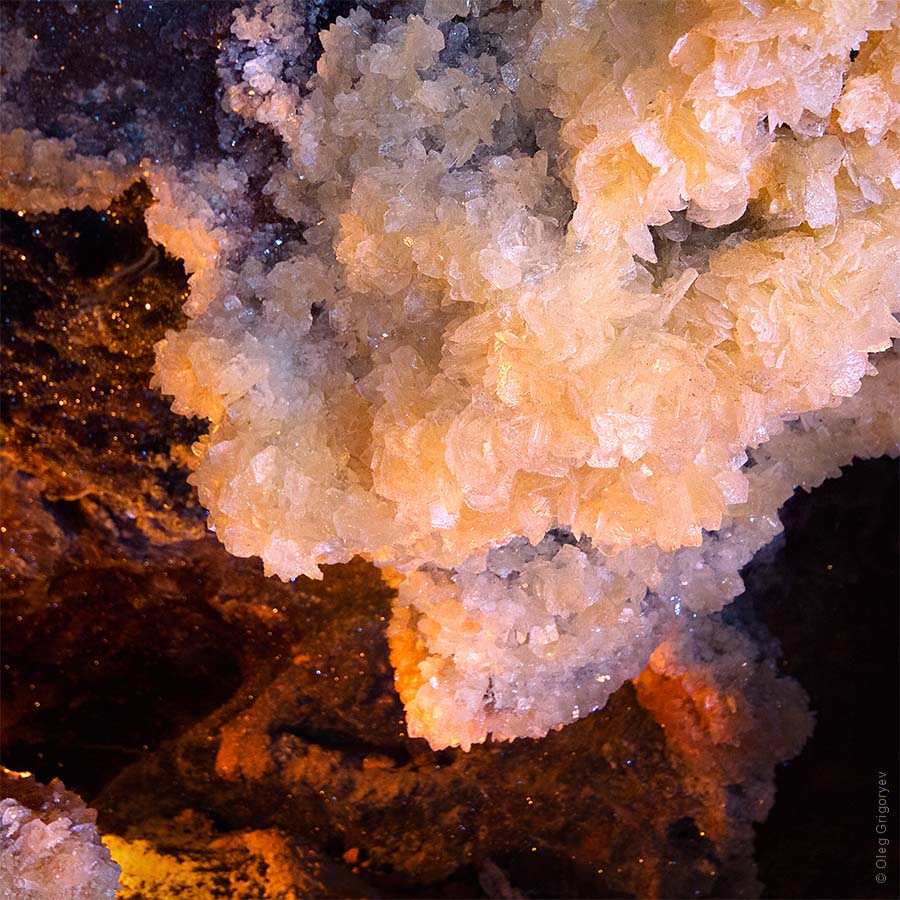
At the entrance, which is also the exit to the cave, we saw a sculpture of the speleologist Vasia – that’s the name of a sculpture given by people here. You should definitely touch it or take a photo with it in order to attract luck.
The light is on the forehead, it illuminates the road, or rather winding ways and chasms. The walls of the cave look sharp and prickly. It looks like they can cut you easily. The silence here is astounding. Any sound echoes and it seems that you are descending into prehistoric times. Yes, time flows in another way here.
We had to crawl for almost three hours to the base where we were supposed to spend the night. It was exhaustingly difficult, dust creaked on our teeth, we were thirsty, we came across deep pits, huge spaces and areas, bats and mud, multi-colored crystals and helictites, as well as a huge number of narrow cracks that just wanted to swallow us or at least me.
We crawled gamely and gleefully for the first hour, then mud and dust covered all my enthusiasm with a thick layer. And when I saw new spaces, I forgot about it, and each time I was surprised by the quirkiness and ingenuity of nature.
In the middle of the cave there are beautiful spaces with white, yellow, orange and even black crystals. Each area has its own name. For example, “Adam’s ribs”, “Radiculitis”, “Devil’s throat”, “Romance”, “Toilet bowl”, “Ushba”, “Birthing home”… It is possible to understand their names only after you crawl them yourself. The most difficult way is the passage of “Birthing home” cave. This is a very narrow horizontal passage that abruptly passes into a vertical shaft 4 meters deep.
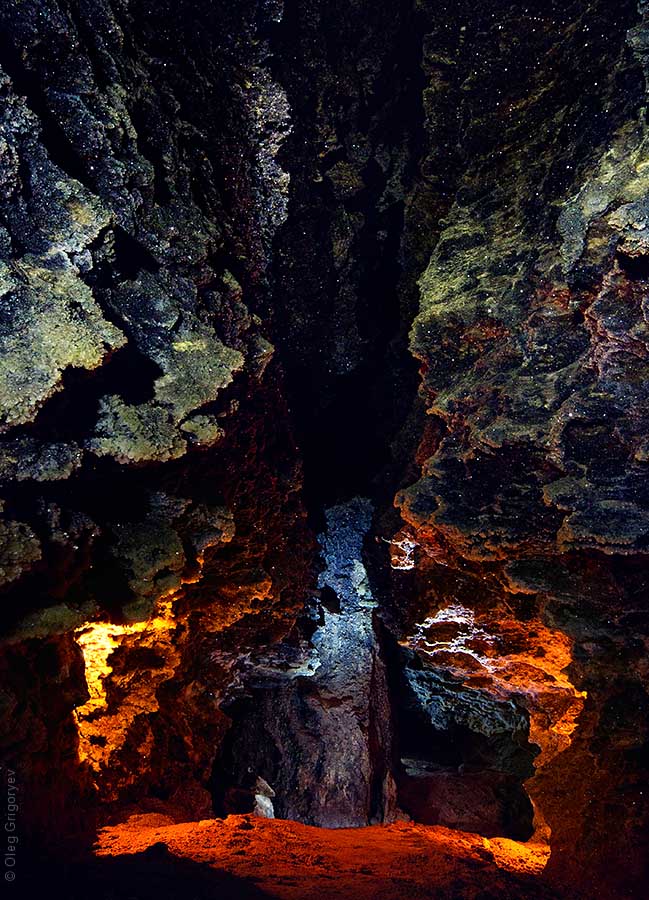
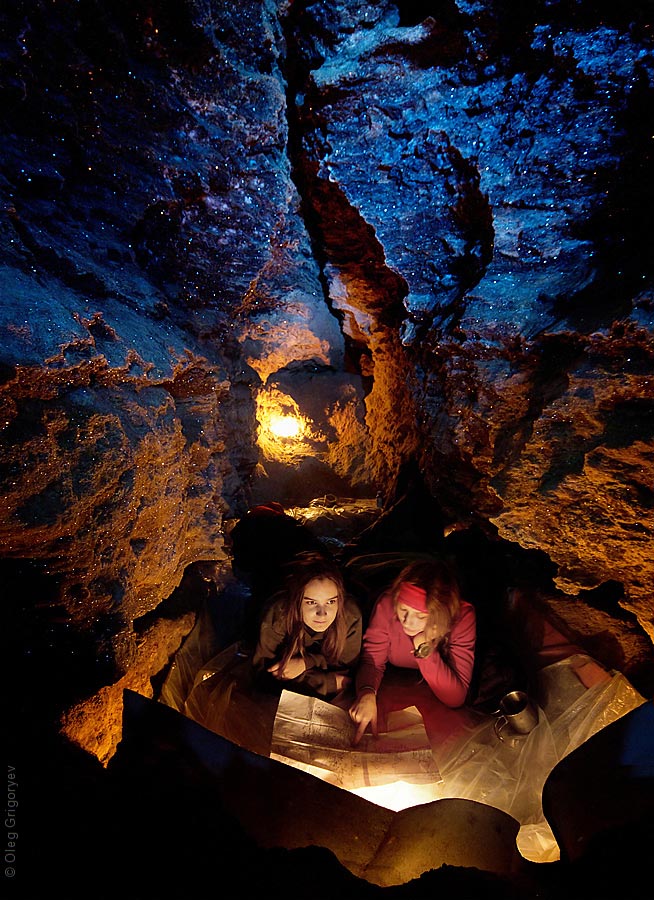
The cave atmosphere of the underground world is millions of small crystals on the walls, reminiscent of snow placers. For a moment it may seem to you that this is not a dungeon, but distant galaxies. It is very difficult to describe your emotions and convey the volumes and expanses of the cave, the incredible beauty of the spaces and areas with the help of photography. Gypsum crystals play with all colors in the light of lanterns and candles, like small universes – you need to see it at least once.
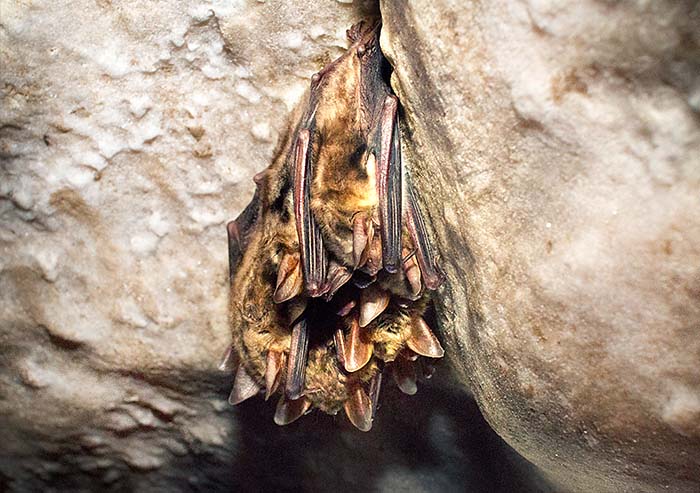
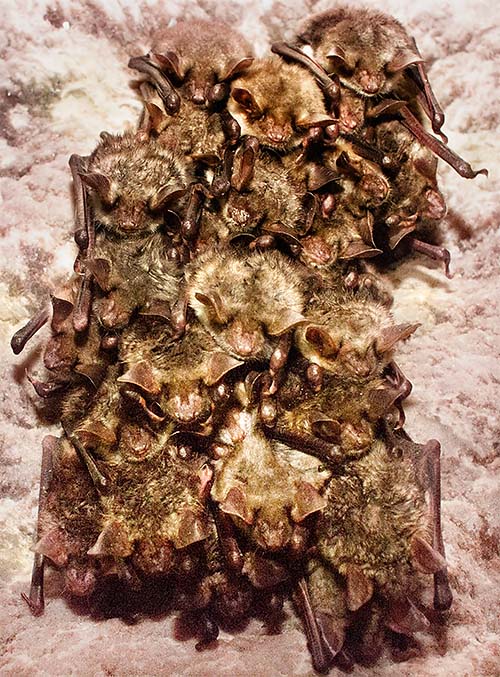

You overcome narrow apertures again and again, you even begin to doubt for a second whether you will climb through, and perhaps, a piece of the pie eaten the day before was superfluous. You go through breast stays, slippery and cold round tricks, as if someone specially adjusted them to the diameter of your body – and not a centimeter more, you crawl on your stomach like a seal.
When I was stuck between two walls, I was afraid for my camera and lenses. It’s amazing that the thought that I might not climb through and stay here for a long time did not even occur to me.
But the greatest extreme for me was when I had to overcome deep dark gorges, the bottom of which is not even visible, constantly looking for a point of support on my arms and legs.


We move carefully so as not to harm the fragile beauty of the cave. Don’t touch the crystals with your hands, because this causes a fungus to start on them, and they are destroyed. One of the main rules of speleologists is not to break, lick or touch the crystals. It grows only one millimeter in a hundred years. They stopped their growth in some areas. You can see cracks on the walls in some places, but they are healed with crystalline gypsum.
When, after a difficult passage, you find yourself in a wide area, you can take a deep breath. You notice how clean and cool the air is here, and what is no less important, it is healthy.


The most important thing that I understood is that you should not enter the cave with a feeling of fear. The labyrinth with the interesting name “Adam’s ribs” was left somewhere behind.




When you move through the cave, you need to be very careful and think over your next step. One careless move can cause you to slip and fall down. Sometimes we had to move, resting our backs and legs against the walls, or almost standing on the twine, and under us there were cracks that went deep down.
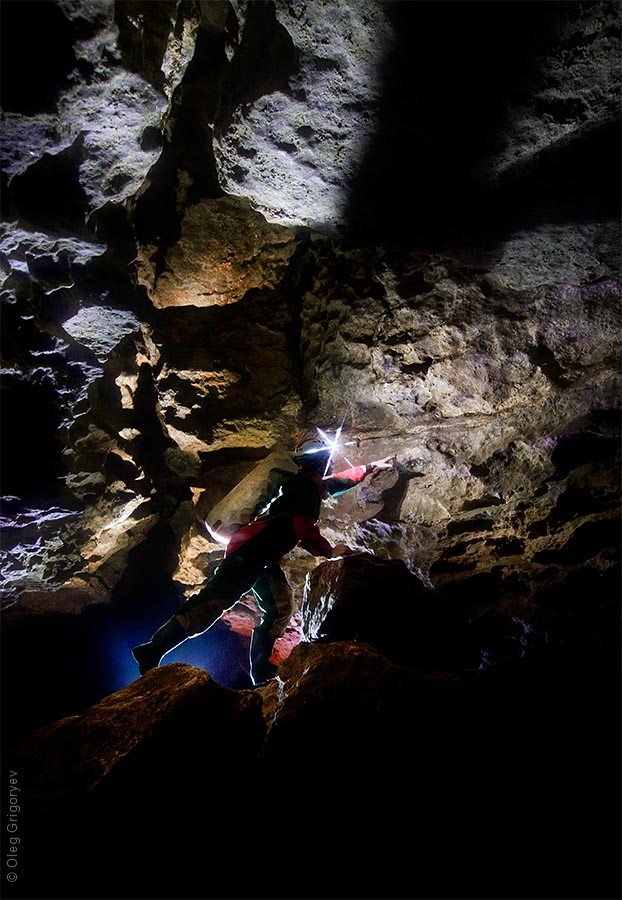

The cave is completely silent. Occasionally, drops of water fall from the vaults onto the clay floor, disturbing the peace. We try to keep quiet. I raise my eyes – and right above me, fluffy bats sleep peacefully, clinging to the stone ceiling with their paws, huddled in small groups and wrapped in their wings. They chose this place for their winter sleep. In winter, these animals are especially vulnerable, so their sleep should not be disturbed.
We try to move quietly and carefully. If they wake up, they will fly fussily, use up a lot of energy, and may die without being able to find food. Speleologists treat their cave neighbors heartily.


4 species of bats live in this cave, they are perfectly oriented in the dark and move along their “tracks”. It was along the paths of bats that the researchers discovered some branches of the cave. Did you know that a bat, unlike a normal one, can live 25-30 years?


The guides were happy to join to the “freezing of the light”. When photographing the cave, you need to use long exposures and 5 to 8 different color light sources, as well as candles.
Marvelous sight – in the light of lanterns and candles, the walls of the cave sparkled and played with millions of small highlights that came from gypsum crystals.
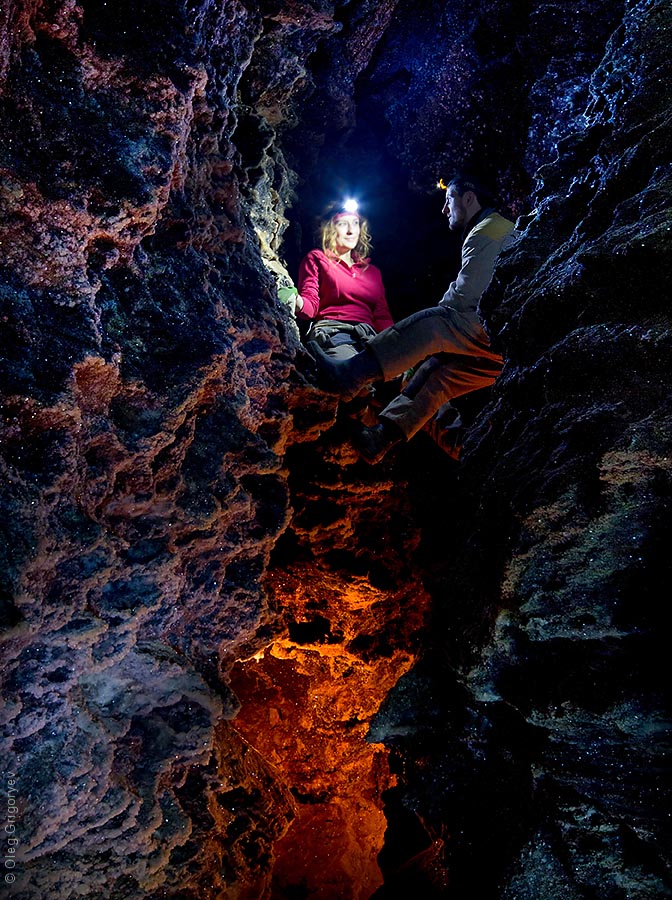

After the dense darkness of the cave, the eyes do not immediately get used to the daylight and hurt. Leaving the cave tired and exhausted, barely raising my legs, I had only one thought in my head: “I will come back here, I will definitely come back.” To some extent, such walking tours make you stronger and more enduring – both physically and mentally. And a bit happier and richer in impressions and memories.
You can live your whole life in Ukraine, but never find out that there is a geological miracle very close to you – I mean one of the most beautiful gypsum caves in the world.